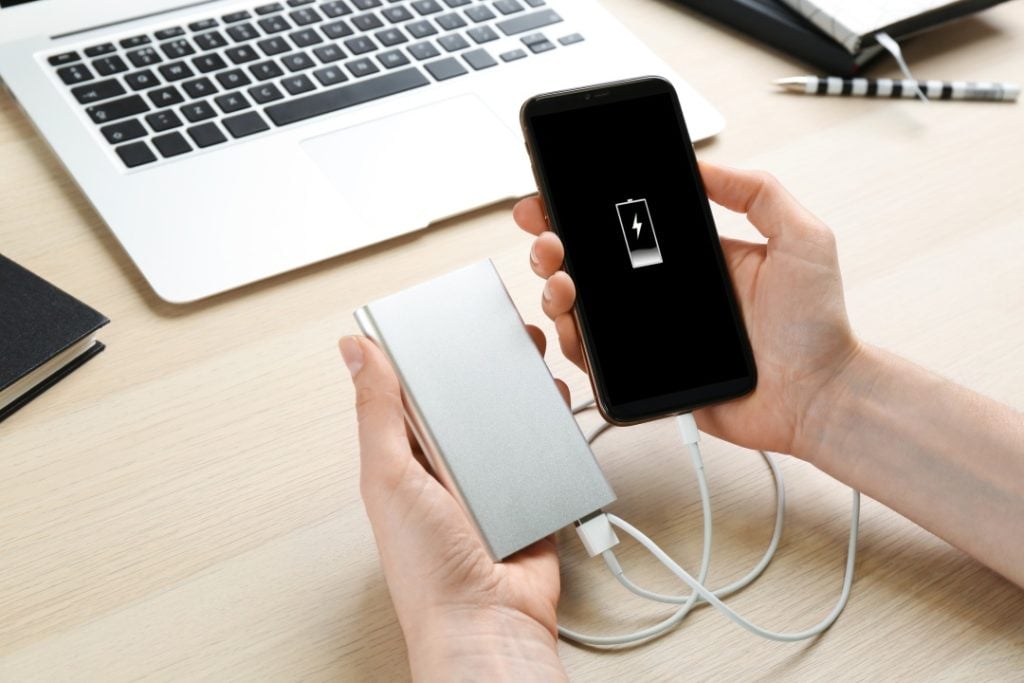Fake power banks are rampant in the market, posing serious safety risks to consumers. These counterfeit devices often look legitimate, making them hard to spot without proper knowledge. Understanding how to distinguish between fake and genuine power banks is crucial to ensure safe and efficient charging for your devices. This blog will provide you with essential tips to identify fake power banks, explain the dangers they pose, and offer guidance on choosing reliable options. Protect yourself from the threats posed by counterfeit products by getting informed and making smart purchases.
Why Fake Power Banks Are Dangerous
Fake power banks are more than just an inconvenience—they can put your safety at significant risk. It’s essential to understand the dangers they pose, so you can make informed decisions and protect both your devices and personal well-being.
Overheating and Fire Hazards
Fake power banks often lack essential safety features, which can lead to overheating and potentially cause fires. They may use substandard batteries and components that do not meet safety standards. Without proper insulation and thermal management systems, these counterfeit devices can overheat during charging or usage, posing a severe fire hazard. The risks associated with using such subpar products include damage to your devices, injury, and even property loss.
Poor Performance and Charging Issues
Counterfeit power banks frequently advertise higher capacities than they can actually provide. This leads to poor performance, with power banks running out of charge much faster than expected. Moreover, fake power banks often have unreliable circuit designs, resulting in inconsistent charging rates and poor compatibility with different devices. These issues can leave you stranded without power, defeating the purpose of carrying a portable charger.
Key Features to Identify Fake Power Banks
There are several telltale signs to watch out for, including inconsistencies in branding, certifications, and build quality. Recognizing these can help you avoid buying counterfeit products.
Inconsistent Branding and Poor Packaging
One of the easiest ways to spot a fake power bank is by examining its branding and packaging. Genuine power banks from reputable brands will have consistent logos, fonts, and high-quality packaging. Counterfeit products often display misspelled brand names, irregular fonts, and low-quality printed boxes. If you notice any discrepancies in branding or packaging, it is likely a fake.
Certifications and Regulatory Approvals
Authentic power banks will come with proper certifications and regulatory approvals, ensuring they meet safety standards. Look for certifications like CE, FCC, RoHS, and UL on the packaging or the device itself. Fake power banks may either lack these symbols or display forged certifications. Always verify the presence of these marks to ascertain the legitimacy of the product.
Weight, Size, and Build Quality
Genuine power banks have certain qualities in their build, weight, and size that counterfeit versions often fail to replicate. Authentic devices typically feel sturdy and well-assembled, while fake ones may feel light, flimsy, or poorly constructed. Additionally, fake power banks might use cheaper materials that degrade quickly. Compare the weight and overall build of the power bank with the manufacturer’s specifications to spot inconsistencies.
Tips to Protect Yourself from Fake Power Banks
To safeguard yourself from counterfeit power banks, there are several precautions you can take. Being proactive when selecting a power bank will ensure you only buy reliable, high-quality products.
Stick to Reputable Brands
To avoid fake power banks, always purchase from reputable retailers or authorized brand stores. Avoid unknown websites, street vendors, or markets that may sell counterfeit products. Well-known online platforms often guarantee authenticity through verified suppliers. Trusted brands like Anker are reliable choices, offering products that meet safety and quality standards, ensuring both performance and durability.
Verifying Certifications
Customer reviews and ratings offer valuable insights into a power bank’s authenticity and performance. Genuine products often receive consistent positive feedback on quality and reliability, while counterfeit power banks may have mixed or negative reviews. Look for reviews that mention issues like overheating or poor build quality. Always check for safety certifications such as CE, FCC, RoHS, and UL marks, and verify authenticity through manufacturer resources when possible.
Understanding the Real Price Range
Educate yourself on the typical price range for quality power banks. Knowing the average cost of genuine products helps you identify suspiciously cheap offers, which often indicate counterfeit goods. While it is natural to seek good deals, it is essential to be realistic about pricing. Genuine power banks require quality materials and safety components, contributing to their cost.
Conclusion
Spotting fake power banks and avoiding safety risks requires vigilance and knowledge. By examining branding and packaging, checking for certifications, evaluating build quality, choosing reputable retailers, verifying customer reviews, and understanding price ranges, you can protect yourself from counterfeit products. Remember to prioritize safety by sticking to known brands and verifying the authenticity of your power bank before purchase. Stay informed and make smart choices to ensure safe and efficient charging for your devices.

Amanda Dudley is a lecturer and writer with a Ph.D. in History from Stanford University. After earning her doctorate in 2001, she decided to pursue a fulfilling career in the educational sector. So far, she has made giant strides by working as an essay writer for EssayUSA, where she delivers high-quality academic papers to students who need them.






